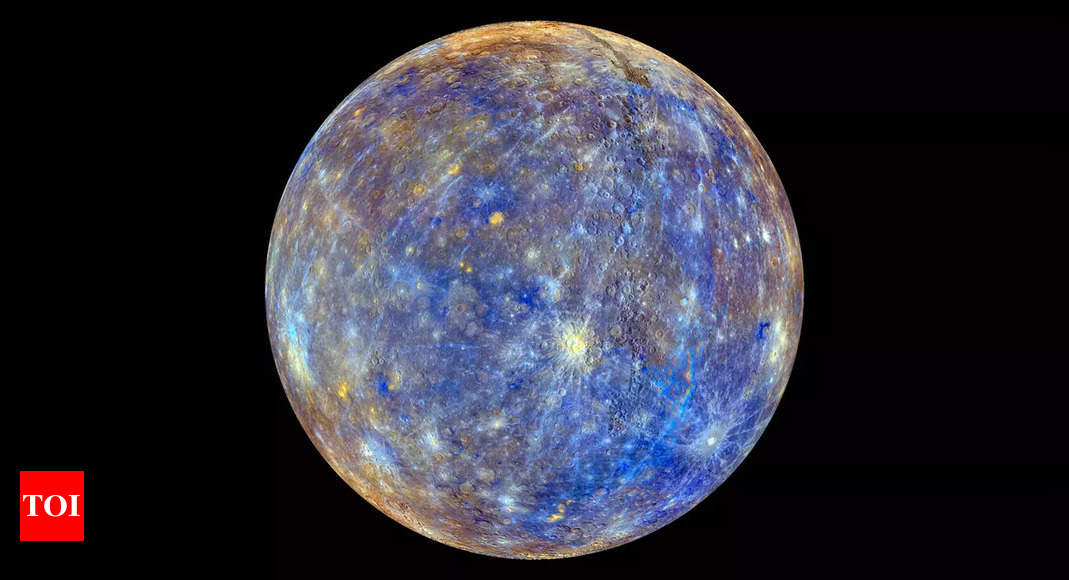
In a groundbreaking discovery, planetary scientists have recognized salty glaciers close to the north pole of Mercury, difficult typical notions concerning the closest planet to the solar, reported Reside Science. The revelation stems from previous observations made by NASA’s retired MESSENGER probe and was detailed in a November publication in The Planetary Science Journal.Lead research writer Alexis Rodriguez, a planetary scientist on the Arizona-based nonprofit Planetary Science Institute (PSI), expressed the importance of the discovering, linking it to latest observations of nitrogen glaciers on Pluto. Rodriguez famous, “Our discovering enhances different latest analysis displaying that Pluto has nitrogen glaciers, implying that the glaciation phenomenon extends from the most well liked to the coldest confines inside our Photo voltaic System.”Opposite to conventional icebergs, these glaciers, situated in Mercury’s Raditladi and Eminescu craters, are composed of salt flows that encapsulate risky compounds beneath the planet’s floor. Volatiles, equivalent to water, carbon dioxide, and nitrogen, readily evaporate on a planet. The publicity of those salt formations resulted from asteroid impacts, providing scientists a glimpse into Mercury’s geological historical past.The stunning presence of glaciers on Mercury challenges expectations as a result of planet’s proximity to the solar, being 2.5 instances nearer than Earth. The salt flows, preserving volatiles for doubtlessly “over one billion years,” in accordance with research co-author Bryan Travis, may create subsurface environments shielded from the solar’s intense warmth.Whereas distinct from Earth’s icebergs, the salt deposits on Mercury discover parallels in equally salty environments on our planet, main scientists to invest on the potential habitability of subsurface areas. Rodriguez emphasised, “Particular salt compounds on Earth create liveable niches even in among the harshest environments the place they happen, such because the arid Atacama Desert in Chile.”The invention not solely raises questions on Mercury’s potential to assist life but additionally sheds gentle on a longstanding thriller surrounding craters with lacking chunks. The researchers suggest that these pits, noticed in some craters, have been as soon as stuffed with volatiles earlier than impacts uncovered and evaporated them.The origin of the risky layers stays a puzzle, with theories starting from the collapse of a primordial ambiance to the potential for historic lakes. Additional investigations are important to unravel the mysteries hidden beneath Mercury’s floor.
